
Mr. Jiansen Liu - Vice President of XCMG and GM of XCMG Import and Export Ltd
1) Pandemic had affected badly most of the industries, how did you leverage that to make an impact at this company?
The spread of COVID-19 worldwide has had a huge impact on global economy and trade, as well as on international industry and supply chains. China is increasingly "needed" in global import and export trade because of its measures to prevent the spread of and control the pandemic, which has led to rapid recovery of the country’s industry and supply chains.
In the first half of this year, China’s foreign trade achieved faster growth on both the import and export sides. Official data show that in the first half, China's foreign trade reached 18.07 trillion yuan (approx. US$2.8 trillion), an increase of 27.1% year-on-year. On a month-on-month basis, both imports and exports have increased for 13 consecutive months. The country’s domestic economy has experienced a stable and robust rebound.
Recently, a German organization released data showing that the world's total machinery exports in 2020 were valued at 1.05 trillion euros, of which 165 billion euros (roughly equal to 262.72 SGD or 193.71 USD) were contributed by China alone, accounting for 15.8% of the total, compared with only 15.5% coming from Germany. This is the first time that China has overtaken Germany to become the world's largest exporter of machinery equipment\
According to official data from the Chinese government, in the first half this year, China's exports of electromechanical equipment and components rose by nearly 30% year on year. Of particular note, XCMG's exports of such goods increased by more than 70%, demonstrating the remarkable results of XCMG's international presence and positive reputation of the brand globally.
2) How do you see the heavy machinery industry in the next 2 or 3 years if Covid-19 still around? What is your approach to making big-picture decisions?
2021 marks the first year of China’s 14th Five-Year Plan. Throughout the country, infrastructure investment has continued trending upward, with some regions even expecting to see a significant increase. Recently, new starts have increased at a slowerpace due to the impact brought about by the Delta variant. However, the construction industry is expected to witness an explosive increase in starts after the current series of minor outbreaks in the country have been effectively controlled.
The process of China's management of COVID-19 also demonstrated that China's public infrastructure, especially medical infrastructure, needs to be further strengthened. After the pandemic, China will certainly further build out its medical infrastructure, creating a growth opportunity for the construction machinery industry.
Countries benefiting from the Belt and Road Initiative have maintained rapid growth, transforming overseas markets into a key growth point for China’s construction machinery makers.
Demand for product upgrades will also drive another wave of business growth: the equipment purchased during 2009 and 2010, a period of rapid growthin China's construction machinery industry, now needs to be refurbished or replaced. Several restrictive measures, especially those having to do with environmental protection, have made it necessary to replace much of the technologically outdated equipment, creating hugeopportunities for sales of new machinery.
Demand for equipment upgrades to meet China IV emission standard is expected to bring more business opportunities. Although the releasing date of the new policy on emission of non-road mobile equipment might be postponed without exact rescheduled date, the irresistable trend of environment-friendly equipemnt adoption will bring more overall business revenue.
All of above show that there are several favorable factors pointing to the maintenance of sustainable growth across the industry. COVID-19 will affect the industry in the short term, but the outlook remains promising in the long term.
3) Walk me through the major changes and improvement that being made so far during Covid-19 pandemic in the company.
COVID-19 has presented our company with both challenges and new opportunities in terms of reshaping the global industry chain. When a company expands into the international market, it cannot rely solely on itself, but on deep integration and collaborative efforts with other players in terms of industry, supply and value chains.
For this reason, XCMG, on the one hand, has been steadfastly implementing its localization strategy for key overseas regions, to consolidate its presence and leverage the opportunities in the international arena. The company has been aggressively expanding its footprint in major markets including Africa, Southeast Asia, West Asia and Central Asia, while taking advantage of its European R&Dand Brazilian manufacturing facilities from which it plans to enter surrounding high-end markets. XCMG has built an efficient global synergy system for innovation in technology, recruitment of talented individuals and market development, with the explicit goal of providing high-quality products and services, and comprehensive solutions, to global customers.
On the other hand, we have always been strong advocates of allying oneself and collaborating with likeminded partners and “advancing and retreating together”, by taking steps to mitigate the difficulties faced by upstream and downstream producers in the industry chain, to ensure the supply of production resources and meet production and operation targets.
At the same time, we have also strengthened our partnerships with more than 80 Chinese-funded firms, such as, for the export component, COSCO Shipping, Lianyungang Port Holdings Group and other sea transportation firms. By building a platform that brings together global transportation, access to foreign construction projects and collaborative efforts with key overseas customers, we aim to achieve the goal of seeing China's transportation, construction and equipment industries working together to serve customers worldwide and make our contribution to the recovery of the global economy amid the pandemic.
4) What are the biggest challenges in expanding the heavy machinery industry market all over the globe?
The biggest challenge: the 14th Five-Year Plan for the Development of the Construction Machinery Industry says that China's construction machinery industry will face external challenges during the period, such as the downward trend in the global economy and trade pressure, along side internal challenges, such as the industry’s obvious weaknesses in core technologies in key areas including core components, advanced basic processes, key basic materials, high-end universal chips, basic software offerings and high-end manufacturing equipment. As a result, the industry needs to unshackle itself from its technical dependence on foreign countries, and make breakthroughs in core and key technologies.
In addition, when an industry player expands overseas, it may not only face many uncertainties such as industry periodicity and rising material costs, but also need to deal with challenges in the procurement of core parts and key basic materials as well as in the implementation of advanced basic processes.
--Challenges brought about by industry periodicity. Analysis shows that the construction machinery industry is expected to be affected by a new round of periodic factors. We believe that the industry has recovered since the second half of 2016. Based on the industry's cyclical pattern of growth lasting about 5 years as seen previously, we would expect the industry to enter an adjustment period in 2021 or 2022. However, due to macro support policies put in place due to the impact of COVID-19, we can look forward to the adjustment period being delayed by about 1.5 years, with the next such period starting in 2023 or 2024.
--Challenges brought about by rising material costs. In the first half of this year, the price for steel continued to run at a high level, resulting in many construction machinery makers raising the prices for equipment several times over the course of the year.
Between January and May of this year, steel prices increased in a range between 44% and 52%. This round of price rises was led by small and medium-sized manufacturers and agents who found themselves under inordinate cost pressure. This was gradually adopted by major manufacturers.
Steel is one of the industry’s key raw materials, accounting for roughly 15% to 20% of total manufacturing cost. Cranes, mixing plants and tower cranes use the most steel, hence, they were more directly and obviously affected by the price rise, and became the main items driving the price rise.
--The need for continuous innovation in the industry is urgent. Challenges faced in some areas of the industry include gaps between R&D capabilities and product performance and demand, organizational structures that no longer makes sense, and a lack of competition in the market that needs to be addressed. The biggest challenges are structural overcapacity and lack of aftermarket management.
5) Heavy industry accounts for some 50 per cent of global energy consumption, what would you do to preserve energy in a long-run and have greener invention?
“Green” and low-carbon are becoming trends worldwide, and all countries are actively pursuing environmentally responsible, low-carbon, sustainable development. Global standards and requirements for green and low-carbon development are becoming increasingly stringent, while the utilization efficiency of resources and energy has become an important criterion in measuring the competitiveness of a country's manufacturing sector. This forces construction machinery makers to consider energy saving and environmental protection as a key part of their growth strategies, ultimately obliging all-terrain cranes to become energy-efficient and environmentally friendly.
As an example, as the emission standards for heavy-duty diesel engines become more stringent, diesel engine makers worldwide are developing light-weight products that reduce energy consumption, while constantly researching energy recovery solutions as well as hydraulic and pump control systems, to achieve energy savings across every functionality within a unit of construction equipment.
The current development trend across the industry is pushing all-terrain cranes to become energy-efficient, environmentally friendly and intelligent. XCMG took the lead in exploring energy-efficient and intelligent products.
1. XCMG has made repeated breakthroughs in technologies such as parametric multi-body dynamics-based machine optimization and matching, as well as in structural optimization to achieve overall weight reduced 5%-15% per unit. In addition, XCMG also adopted new materials and processes to improve product quality, extend product life, reduce material and resource waste, and lower energy consumption.
2. XCMG has launched natural gas-powered and hybrid energy-efficient cranes, advocating a “green manufacturing” approach. The company also developed crane energy recovery technologies, new energy-efficient hydraulic systems, and low-speed high-torque power transmission systems, all of which reduce the crane’s comprehensive fuel consumption per 100 kilometers by 10%-12%, and lower operational fuel consumption by 14%-18%. The energy saving capability of our complete cranes has met the world’s leading standards.
3. XCMG adopted technologies including multi-mode drive, independent suspension, intelligent boom, automatically-folding boom, self-dismantling, remote operation and maintenance, wind-power boom self-turning and intelligent simulation of lifting, to enable intelligent driving, transferring, handling and auxiliary operations. These technologies improve the driving traffic ability and transferring ability of the cranes, reduce labor costs and the risks associated with manual operations, and enhance user safety and operational efficiency.
For example, the XCA1600 all-terrain crane, with our proprietary independent suspension technology, overcame the roadblock that limits a crane in terms of simultaneously featuring both excellent off-road traffic ability and load-bearing capacity. The crane is capable to lift up to 30t with single-shaft design, marking the highest single-shaft load-bearing capacity in the industry, along with better driving traffic ability. The wind-power boom that can turn by itself and does not need dismantling when transferred heavy loads reduces the time to set up the crane for a job to two hours, doubling transferring efficiency.
6) Safety is an important consideration when operating any of the things we use. How do you ensure the stringent safety a measure is up the highest standards for your users?
As the global economy continues to grow, modern science and technologies constantly advance, industrial production scales up and the level of automation improves, construction equipment is widely used and plays an increasingly important role in modern production. The requirements for product safety are also becoming stricter.
In order to ensure both user safety and higher efficiency, XCMG has accelerated the development of intelligent products as a result of having achieved innovative breakthroughs in information technologies and improvements in 5G communication technology.
To take cranes as an example, intelligent and information technologies as well as big data have been applied to the design of XCMG’s crane motor units, product development, manufacturing processes and corporate management. Remote intelligent monitoring of equipment failures allows for equipment data collection, centralized monitoring of the platform and early warning of equipment failures. Multi-mode drive, intelligent boom, automatically-folding boom, self-dismantling, and intelligent simulation of the lifting operation enable intelligent driving, transferring, handling and auxiliary operations. These technologies improve the driving traffic ability and transferring ability of the cranes, reduce labor costs and the risks associated with manual operations, and improve user safety and operational efficiency.
7) Have you implemented any components of I 4.0 in your products and services? If yes how well receive has it been? If not, why?
XCMG has entered its Smart Manufacturing 4.0 phase, in which intelligent applications are used in all products covering the entire value chain, with more emphasis on data analysis and application. XCMG has undertaken efforts in many areas to shorten product development cycles, improve equipment overall equipment effectiveness, reduce procurement costs, and enhance digital service capabilities. These efforts facilitate our company’s ability to meet China’s national standards, improve intelligent manufacturing capacity and drive quality growth. From the economic benefit perspective, the added value of intelligent products is also more than 30% higher than that of traditional products.
Find out more at: http://en.xcmg.com/en-ap/






.png)
.jpg)
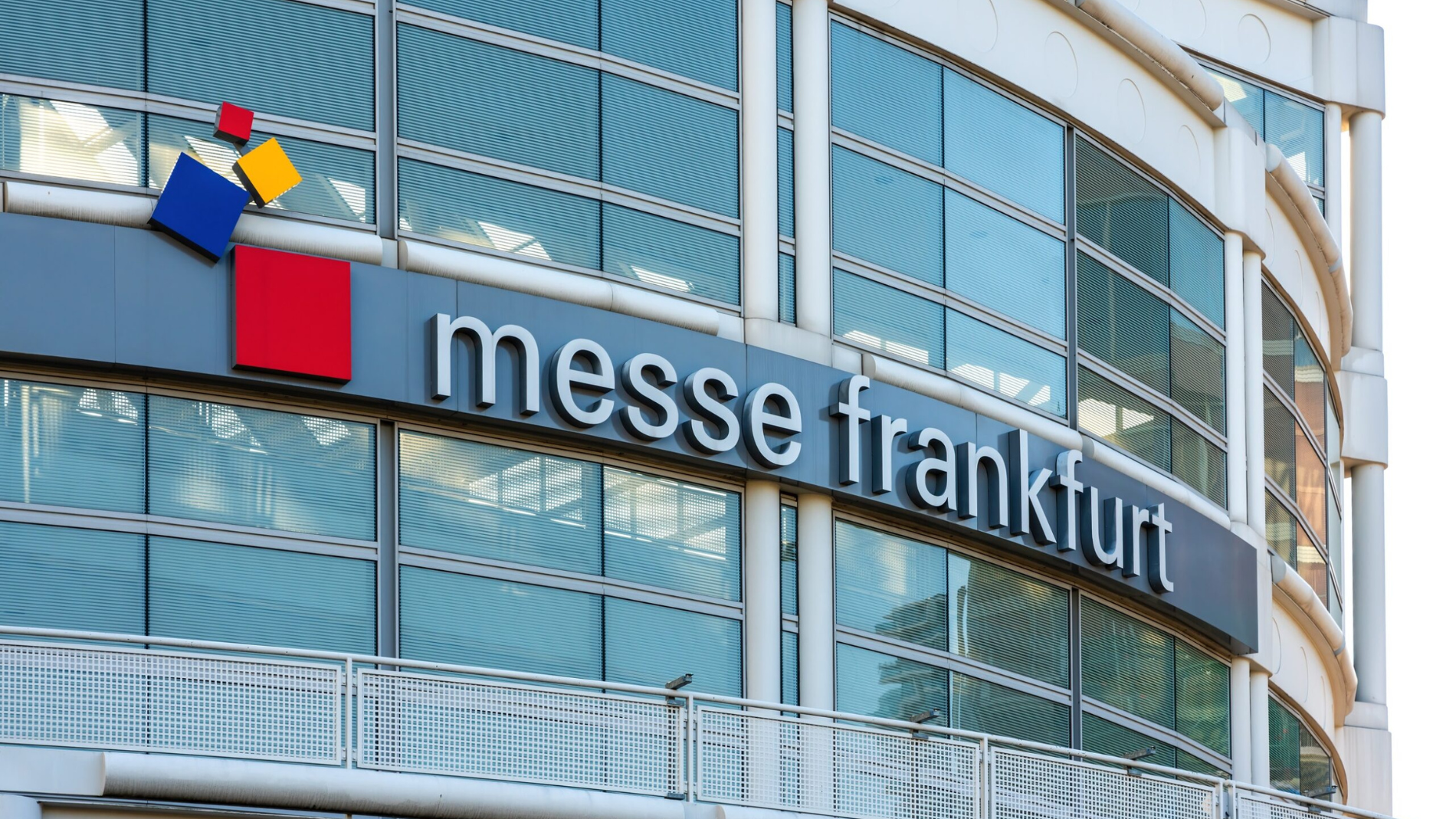
.webp)
.jpg)
.png)



.jpg)
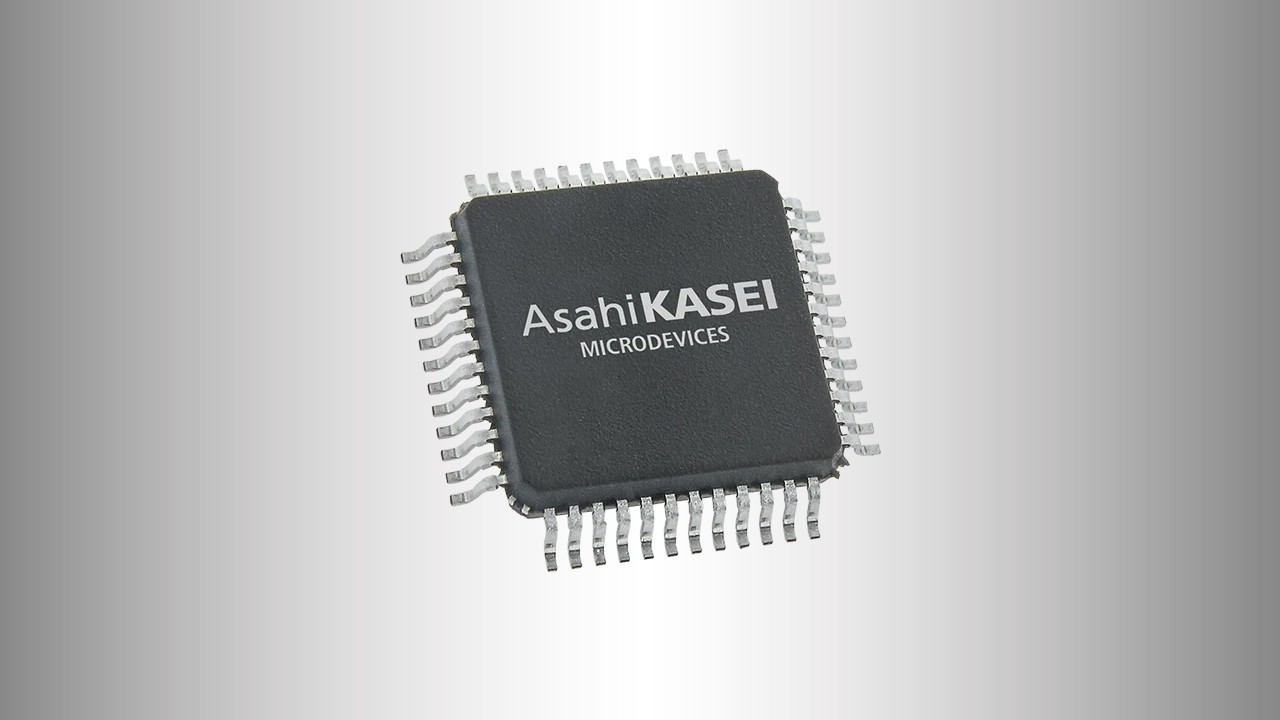
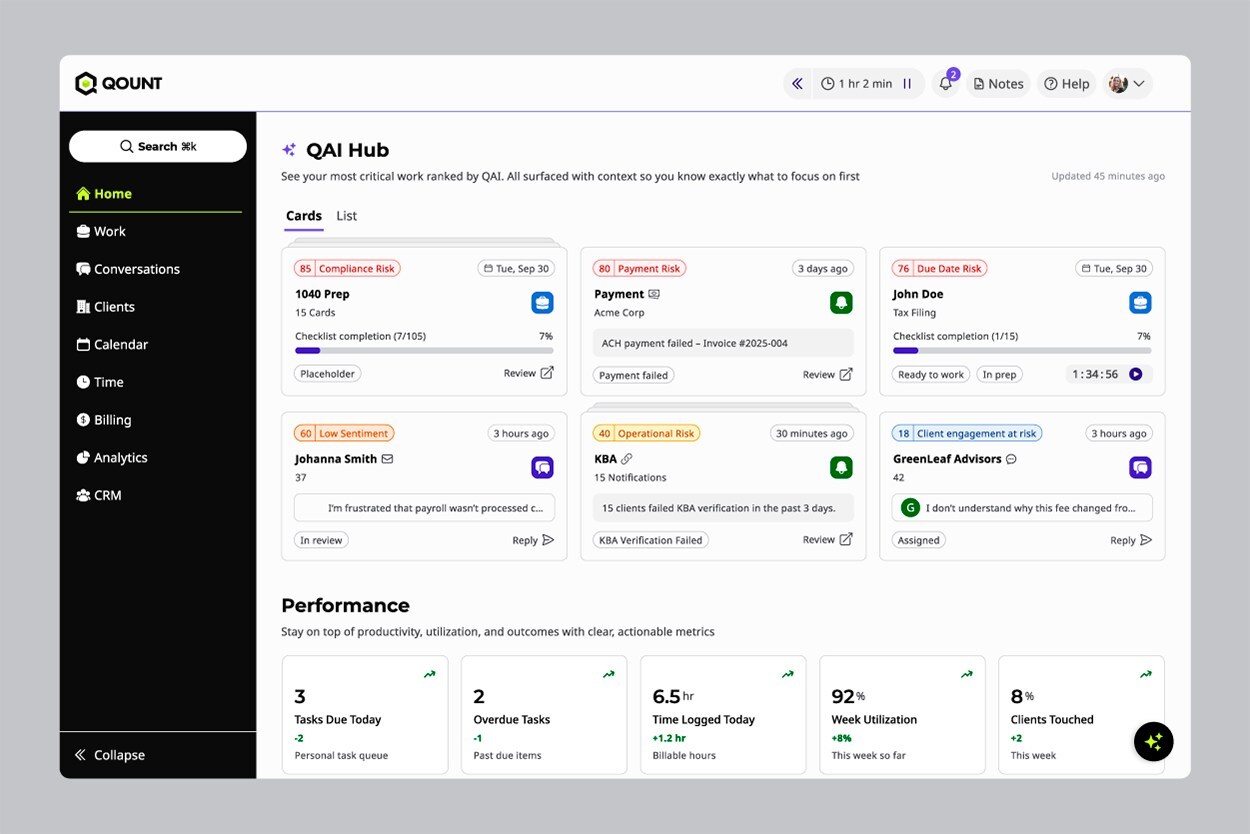









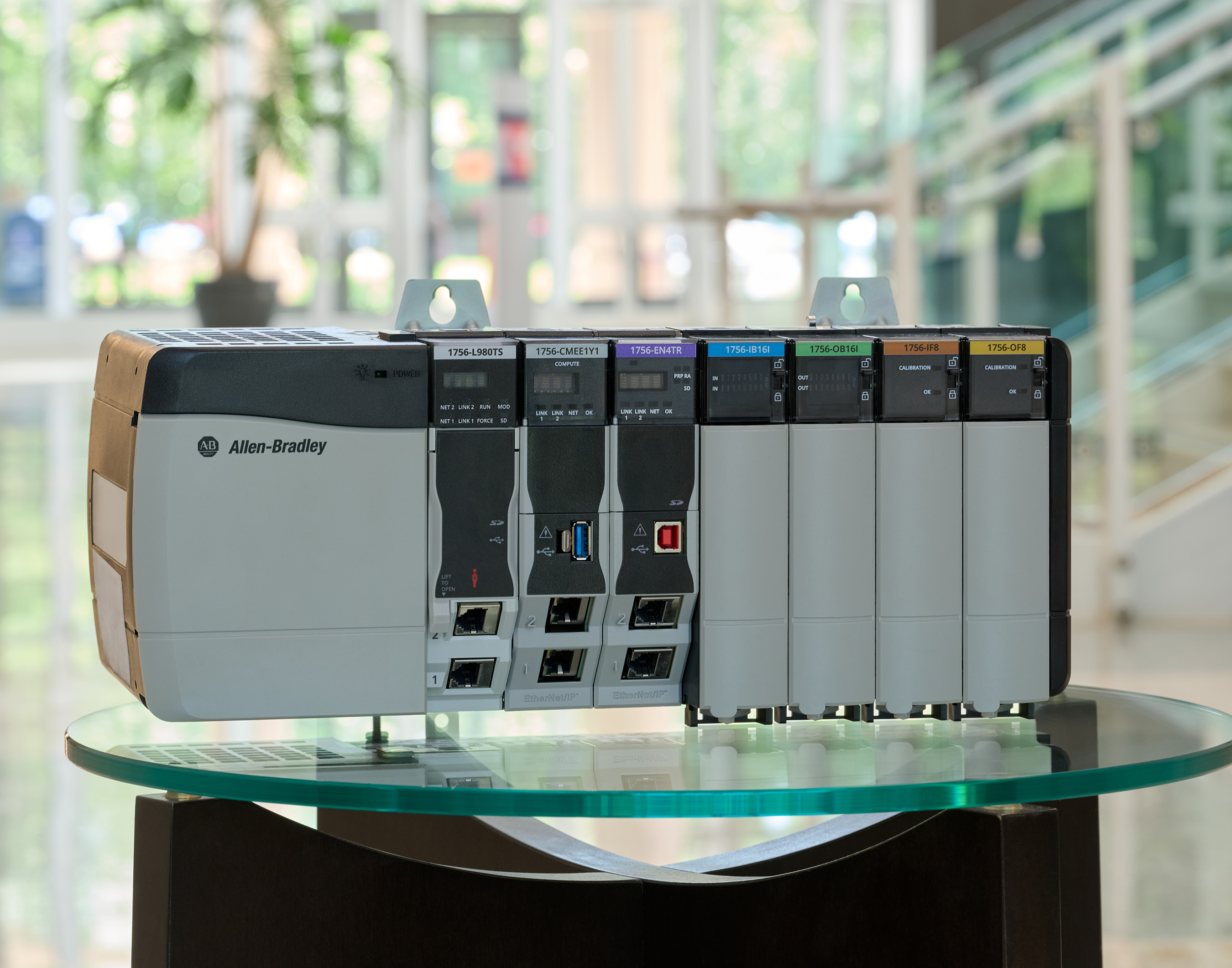

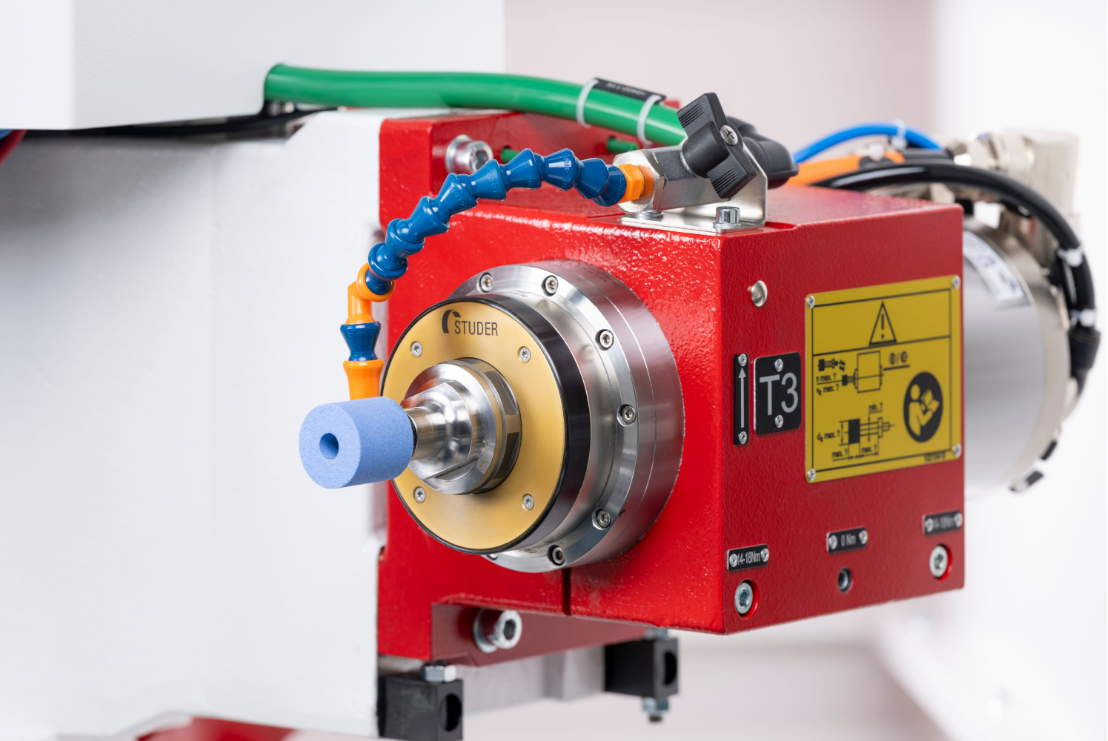

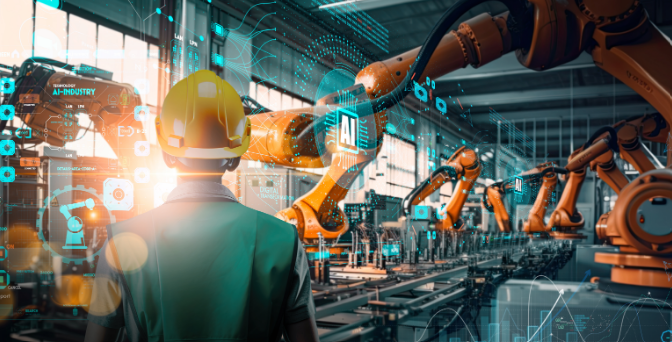




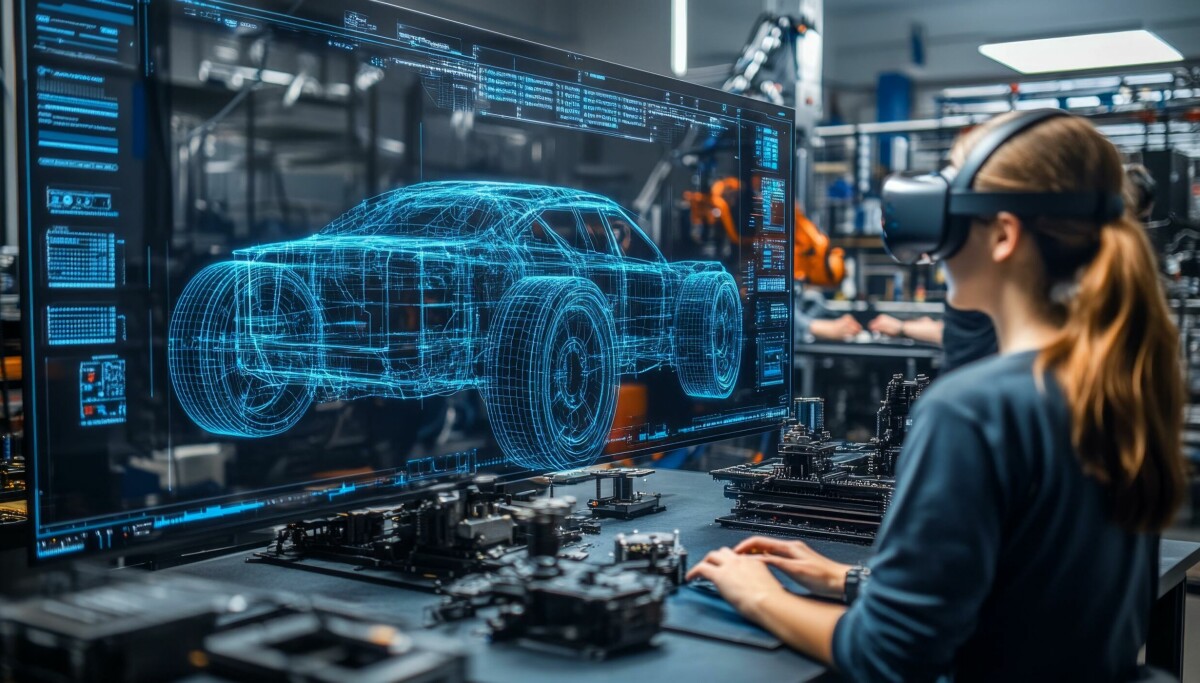

.png)
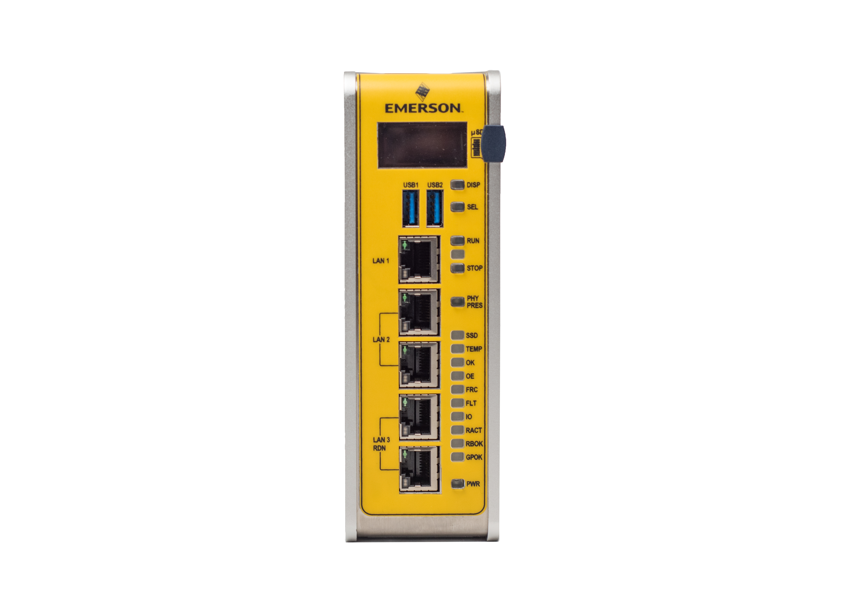




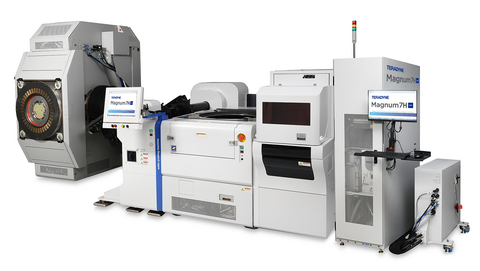





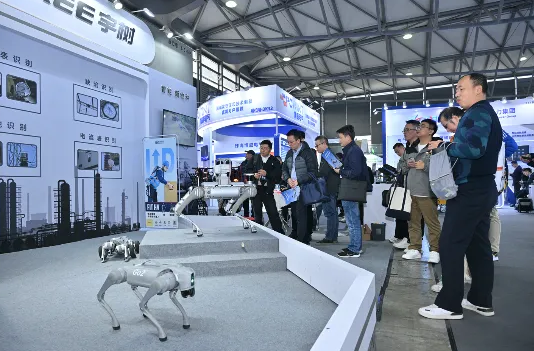
.png)





























.png)











.png)


















